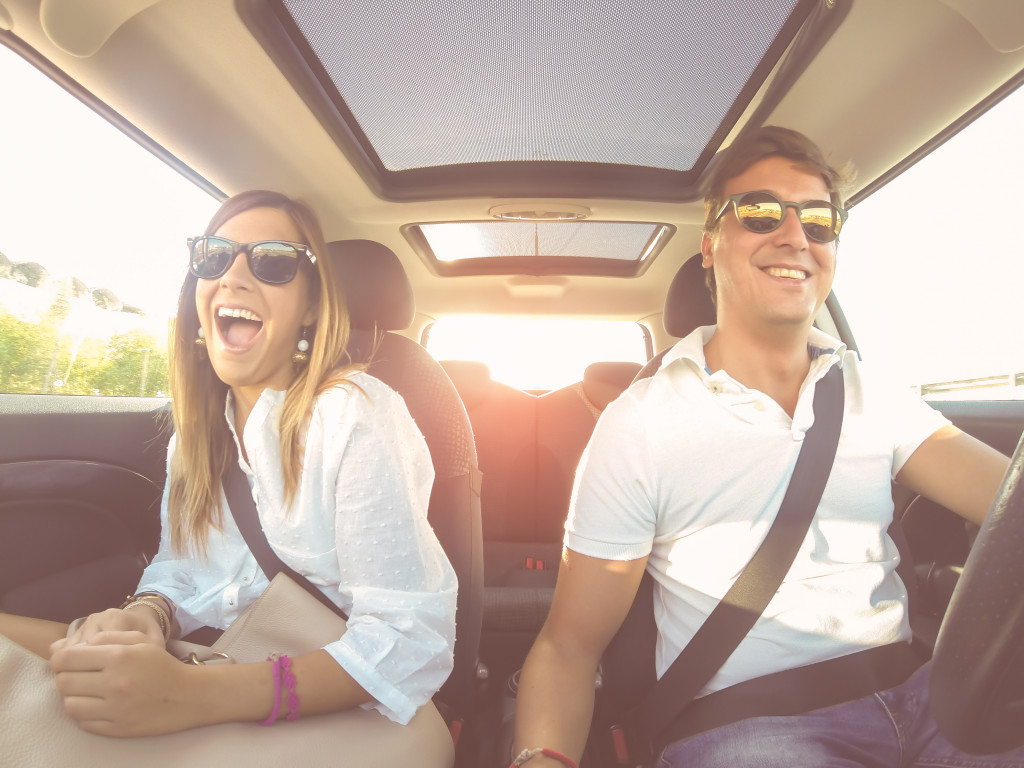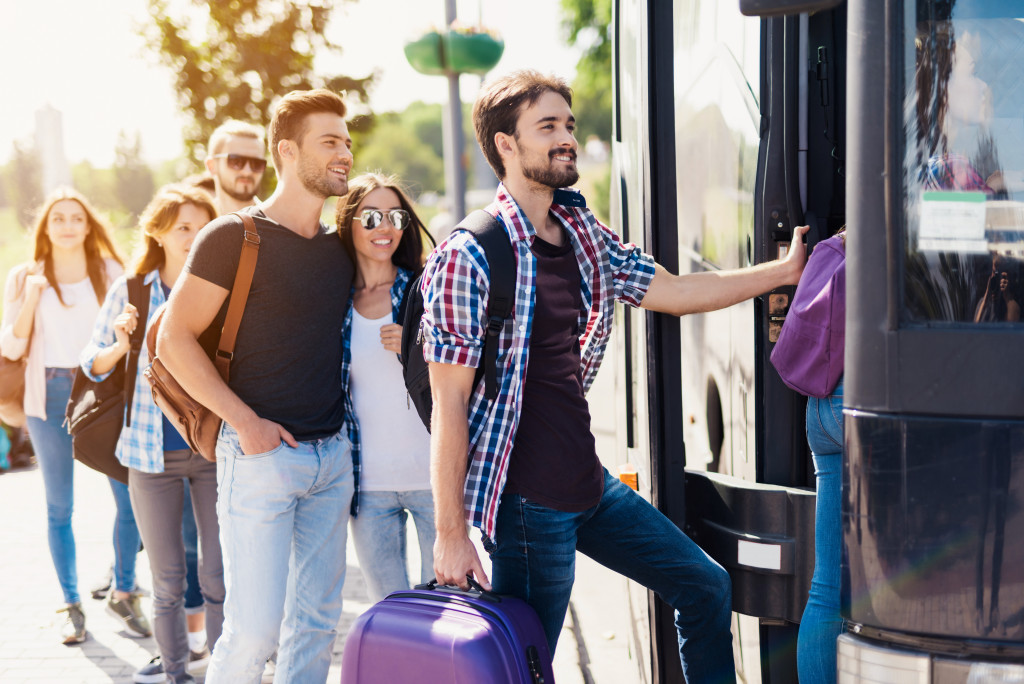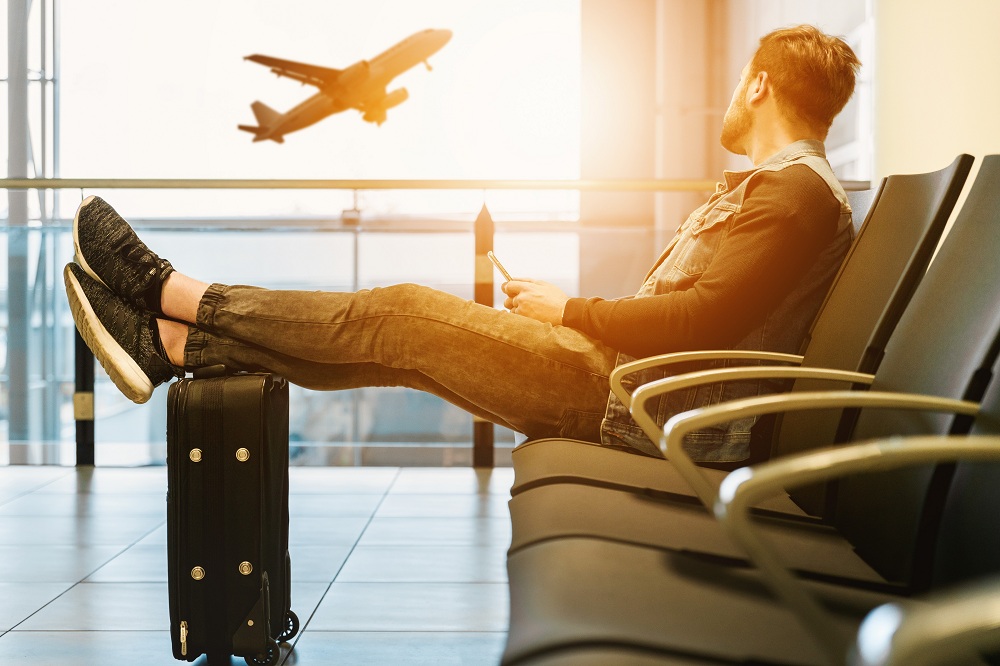It’s been so long since any of us have traveled, all thanks to COVID-19. It’s the reason we’ve been spending most of the past year and a half at home. It could get suffocating being in the four corners of our house for that long, and we all deserve a break from it and see new beautiful things to keep us sane.
So it’s set then, with domestic travel restrictions easing up, it’s time to take a vacation and reset. But before we do, there’s a lot more to factor in when traveling in these uncertain times. How do we stay safe? How do we protect each other? How do we reduce the risk of catching COVID-19?
Here are some tips that anyone could follow for safe travels:
Plan Ahead
It’s always best to have a plan before traveling, especially in these uncertain times. Proper preparation helps us face every possible issue that might come our way so that we, and everyone with us, stays safe and protected. So before you book that flight or hop into your car for that long-awaited trip, first ask yourself the following questions:
1. Is COVID spreading in your travel destination?
2. Is COVID spreading in your area?
3. Are you or anyone with you at high risk for COVID-19?
4. Will your travel destination require you to quarantine for 14 days?
5. Are there other obligations you could miss after your trip if you get sick with COVID-19?
Addressing these questions helps you plan your trip better to minimize risks. Additionally, to keep everyone protected, always follow local health guidelines. As much as possible, practice social distancing, avoid touching your eyes, nose, and mouth, and keep your mask on whenever you can.
Travel Guidelines
There are varying travel guidelines for vaccinated and unvaccinated individuals. If you’re planning to travel a lot, it is in your best interest to get the COVID-19 vaccine because vaccinated travelers have more relaxed travel requirements than unvaccinated individuals. However, if you are still unvaccinated and must travel, here are some of the travel requirements you’ll need:
Travel guidelines for unvaccinated individuals:
1. Get a COVID-19 viral test one to three days before traveling, as well as another test three to five days after your trip. Always acquire your tests from medical professionals in trusted urgent care centers.
2. If your viral test comes out positive, start isolating to prevent infecting others.
3. If you don’t get tested after your trip, stay home and self-quarantine for at least ten days.
4. Practice social distancing at all times, especially with people who won’t be traveling with you. Avoid crowded spaces and maintain a distance of six feet away from anyone.
5. Most importantly, make sure to look up state and local health recommendations for proper guidance. Knowing these recommendations and guidelines help you make the best decisions and prevents you from panicking.
Travel Guidelines for Vaccinated Individuals
While vaccinated individuals may safely travel around the country, there are still some recommendations by the CDC they should follow.
1. Always keep your mask on, covering both your nose and mouth at all times, especially in public transportation and indoor spaces. While you are not required to wear your mask in open areas, it’s still a good idea to continue wearing them.
2. Monitor how you feel after traveling. If something is out of the ordinary or you develop symptoms, immediately isolate and get yourself tested.
3. If you’ve recovered from COVID-19 or received your vaccine in the past three months, you won’t be required to self-quarantine or get tested.
Roadtrip Safety

If you’ve decided to go on a road trip for your next adventure, some preparations are needed to ensure everyone’s safety.
Before any road trip, cleaning your car is a must. Thoroughly spray it with disinfectant and wipe down all surfaces to eliminate bacteria and germs. Including a kit full of sanitation tools like alcohol or sanitary wipes would be a great idea and welcome addition to your vehicle. It ensures that everyone can easily sanitize themselves and the car as frequently as needed.
It’s difficult, if not impossible, to practice social distancing inside your car. To keep everyone safe, the CDC says keeping your mask on for the ride would be wise.
Safe Skies
With all those incredibly cheap flights available, resisting the urge to take a flight to your next travel destination could be very difficult. But before you purchase that plane ticket, there are things that you might want to consider first.
To begin with, safety requirements on flights are more than just wearing a mask. While your risk of getting COVID on a flight is low, a lot of the precautions you have to make to stay safe happens way before you even get to your plane. Remember, you’ll be in line with several people in security lines, check-in terminals, and health checkpoints inside of the airport, which are places where you could get infected. It is in these parts of boarding a flight where you must be alert. Constantly wash or disinfect your hands, and avoid touching your face to keep your risk low.
Whichever way you travel, and wherever you go, the best way to minimize the risk of catching COVID-19 is to follow state and local health guidelines. Sanitize frequently, keep your traveling group small, and account for one another during the whole trip so that everyone spends more time having fun than worrying.



